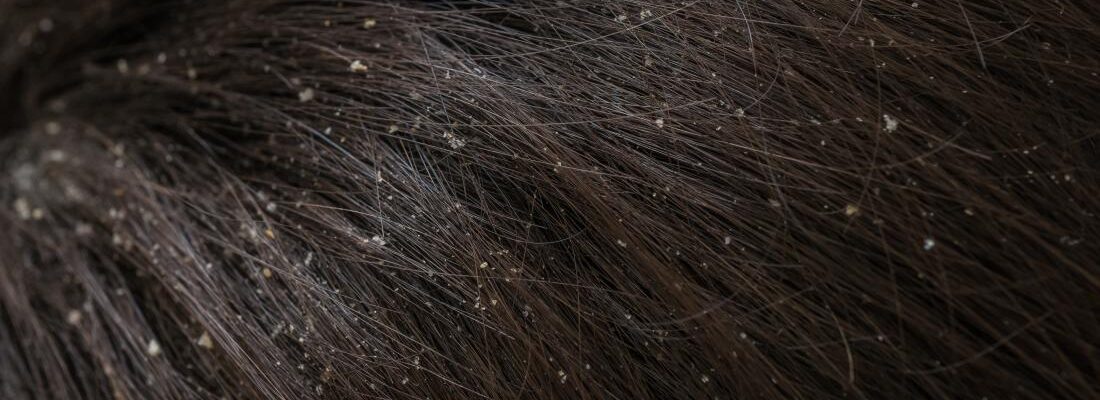Dandruff, or balakubak in Filipino, is not limited to adults; it can also occur in children. While this condition may seem harmless, persistent dandruff can cause discomfort and affect a child’s confidence. Here’s a guide to understanding dandruff in children, its treatments, and when to consult a doctor.
What Is Dandruff?
Dandruff is a common scalp condition that causes flakes of skin to shed. It is often accompanied by itchiness and can result from dryness, excessive oil production, or a mild fungal infection. While mild cases are easy to manage, recurring or severe dandruff may require medical attention.
How to Treat Dandruff in Children
For most cases, using an anti-dandruff shampoo is enough to address the issue. Here are some steps to follow:
- Choose the right shampoo. Use a shampoo specifically formulated to combat dandruff. Look for shampoos containing active ingredients such as:
- Selenium sulfide: Reduces scalp fungus and soothes irritation.
- Zinc pyrithione: Fights dandruff-causing fungus and bacteria.
- Salicylic acid: Helps exfoliate and remove flakes from the scalp.
- Ketoconazole: Treats fungal infections that contribute to dandruff.
- Apply correctly. Allow the shampoo to stay on the child’s scalp for at least five minutes before rinsing. This ensures the active ingredients have time to work effectively.
- Gradually reduce use. Start by using the shampoo daily, then gradually decrease usage as dandruff improves to prevent recurrence.
- Avoid scratching. Teach your child not to scratch their scalp, as this can worsen irritation and spread the flakes further.
When to See a Doctor
If dandruff persists after a few weeks of treatment or is accompanied by other symptoms, consult a healthcare provider. Some cases may indicate a more severe condition, such as:
- Seborrheic dermatitis. This condition causes redness, irritation, and flaky patches not only on the scalp but also on other areas like the eyebrows, ears, and chest. It may require prescription medications or special treatments.
- Fungal infections. Ringworm of the scalp, for example, can mimic dandruff and requires antifungal medications.
Preventive Tips
- Encourage proper scalp hygiene by washing hair regularly.
- Avoid using harsh hair products that can irritate the scalp.
- Ensure your child eats a balanced diet rich in vitamins and minerals to maintain healthy skin and hair.
Dandruff in children is usually manageable with proper treatment and care. If symptoms persist or worsen, it’s important to seek medical advice to address any underlying conditions. Early intervention ensures your child can remain comfortable and confident while keeping their scalp healthy.


